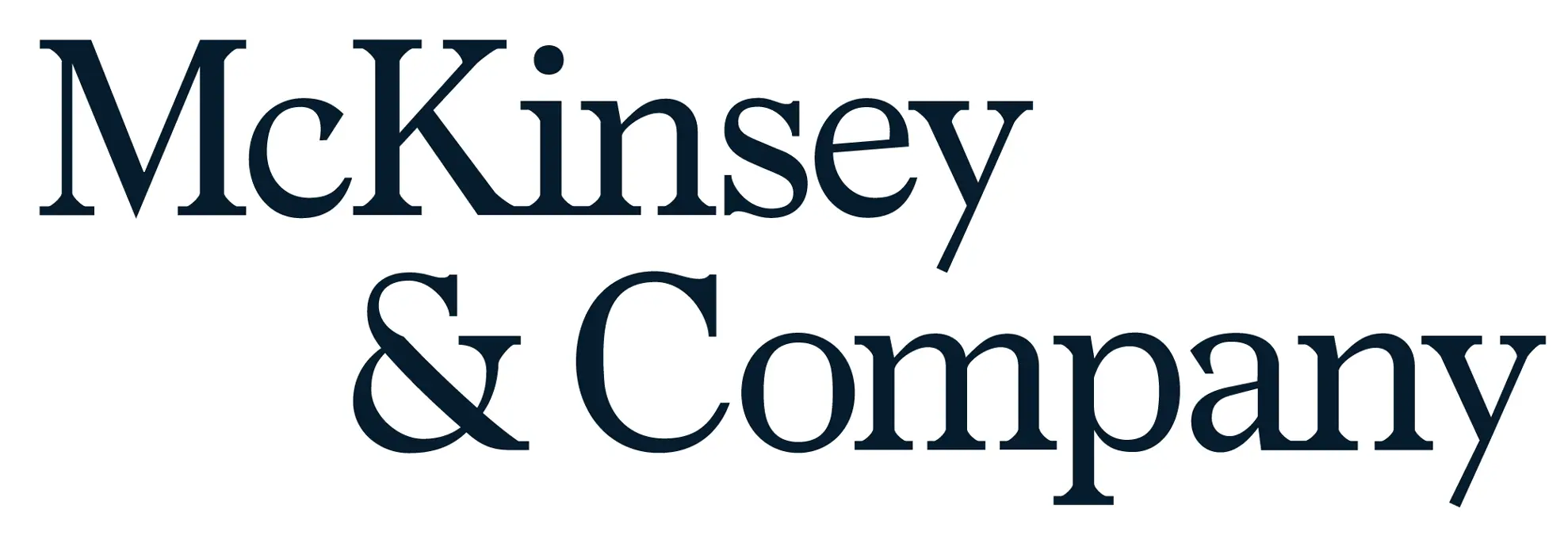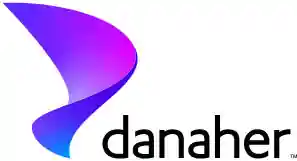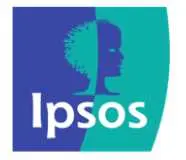Global Teleradiology Market is projected to be worth 152.05 billion by 2034 and is anticipated to surge at a CAGR of 25.93%.
The practice of sending radiological images, including MRIs, CT scans, and X-rays, from one place to another so that a trained radiologist can interpret and diagnose them is known as teleradiology. Due to this medical practice, radiologists can deliver services even if they are not physically present at the site of the imaging study. It uses cutting-edge digital technologies and telecommunications networks to provide prompt diagnostic expertise across geographic boundaries.
Drivers: The teleradiology industry is expanding significantly on a global scale due to a number of important factors. Healthcare professionals can now remotely access radiological expertise mainly to the smooth transfer of medical pictures made possible by advancements in imaging technology and telecommunications infrastructure. As a result, more healthcare facilities are using teleradiology services, which is propelling market growth. Diagnostic procedures are now more accurate and efficient because to the integration of machine learning (ML) and artificial intelligence (AI) in teleradiology.
Challenges: A few obstacles impede the worldwide teleradiology market's optimal operation and broad adoption. The absence of uniform rules and interoperability among various locations is a major obstacle. Inefficiencies and possible delays in diagnosis result from this mismatch, which makes data sharing and integration between healthcare systems more difficult. Concerns about privacy and data security also provide significant challenges. The risk of data breaches and illegal access is increased when private medical data is transmitted online.
Market Trends: The teleradiology industry is expanding significantly on a global scale due to a number of important factors. Healthcare professionals can now remotely access radiological expertise thanks to the smooth transfer of medical pictures made possible by advancements in imaging technology and telecommunications infrastructure. As a result, more healthcare facilities are using teleradiology services, which is propelling market growth. Diagnostic procedures are now more accurate and efficient because to the integration of machine learning (ML) and artificial intelligence (AI) in teleradiology.
Global Teleradiology Market Key Players:
Agfa-Gevaert Group, Everlight Radiology, 4ways Healthcare Ltd., Koninklijke Philips N.V., Matrix (Teleradiology Division of Radiology Partners), Medica Group PLC, ONRAD, Inc., RamSoft, Inc., USARAD Holdings, Inc., Virtual Radiologic (vRad) are just a few of the major market players that are thoroughly examined in this market study along with revenue analysis, market segments, and competitive landscape data.
Global Teleradiology Market Segmentation:
By Product: Based on the Product, Global Teleradiology Market is segmented as; Computed, Tomography (CT), Ultrasound, X-Ray, Nuclear Imaging, Magnetic Resonance Imaging (MRI).
By Report Type: Based on the Report Type, Global Teleradiology Market is segmented as; Preliminary Reports, Final Reports.
By End-use: Based on the End-use, Global Teleradiology Market is segmented as; Hospital, Radiology Clinics, Ambulatory Imaging Center.
By Region: This research also includes data for North America, Latin America, Asia-Pacific, Europe, Middle East & Africa.
This study also encompasses various drivers and restraining factors of this market for the forecast period. Various growth opportunities are also discussed in the report.






















